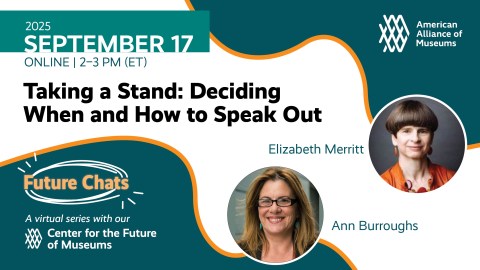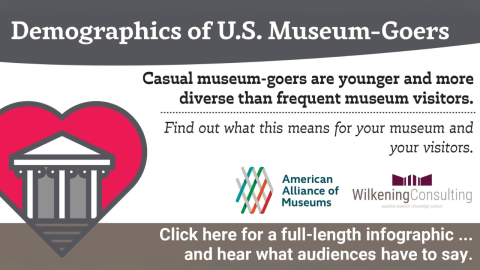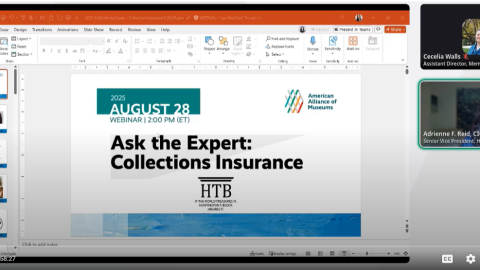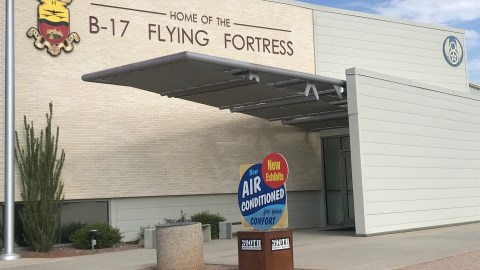If you attended the CFM session on the future of education at the annual meeting in Atlanta last year, you may remember the lines that stretched up the aisle as folks waited to talk to Katherine Kelbaugh, founder of the Museum School in Decator. We had to take the discussion about her school, and the association she has founded to unite other museums schools, into the hall. Now Katherine has recruited Laney Tillner to blog for CFM about the first conference of that new association. Laney is a graduate student in Public History (with a concentration in Museum Studies) at Middle Tennessee State University, and she’s writing her thesis about museum schools. She also volunteers her time as a consultant to John Early Museum Magnet Middle Prep, You can follow her on Twitter @OliviaLane87.
Ten, twenty years from now, what will partnerships between museums and schools look like? Any number of possible scenarios are plausible, many of which go far beyond field trips to embed museums into the core of students’ daily work. One trend in education–the creation of museum schools–is significantly shaping the future of these partnerships.
 |
| NAMS 2015 Conference Program and Logo–credit: Lane Tillner, 2015 |
On June 22, 2015, educators and museum professionals convened in Atlanta, GA for the inaugural conference of the National Association of Museum Schools (NAMS). (This isn’t the first conference of its kind—In 1995 a group of teachers, administrators, and museum professionals met at a Museum Schools Symposium in Washington, D.C.) Principal Katherine Kelbaugh initiated the formation of NAMS as a part of a federal grant awarded to the Museum School of Avondale Estates, which is located outside of Atlanta. NAMS’s goal is to provide a national platform for educators to discuss the museum school movement, share their curricular approaches and ideas, and cultivate an environment of support.
Featuring nineteen presentations that included ideas about best practices, case studies of specific schools and their programs, the day-long conference was an opportunity for participants to explore the concept “museum school” in general. The program highlighted “Spotlight Schools,” selected through a national search, which met or exceeded a set of criteria that included program longevity, museum focus and student achievement. These schools are Genesee Community Charter School (Rochester, NY), Ortega Elementary(Jacksonville, FL), and Normal Park Museum Magnet (Chattanooga, TN).
The conference revealed that museum schools are just as diverse and as difficult to define as a “museum” itself. Some are charter schools–for instance, the Museum School (San Diego, CA)—others are magnet schools. Some are traditional schools that have adopted a museum theme. Some museum schools are housed on museum campuses, like the Dr. Charles R. Drew Science Magnet Museum Site(Buffalo, NY), while others operate at an independent location. Some were developed by museum educators and others developed by school and district professionals. So far, the one thing all the NAMS organizations have in common is that they are public schools.
The number of museum partners varies from school to school. A few museum schools have collections, some borrow material from their major museum partners, and one, the John Early Museum Magnet Middle Prep(Nashville, TN), has its own museum. (I will be writing in more detail about this school, where I interned, in a follow-up post.) All of the museum schools in NAMS incorporate an extension of classroom learning where students (either as a full grade level or a single class) venture to a museum for in-depth interactions amid exhibits and artifacts. These experiences are more than fieldtrips. Commonly called a Learning Expedition, teachers create focused objectives tailored directly from units or lesson plans to illustrate the importance of museums as spaces for learning. Additionally, all museum schools have some form of an Exhibit Night to demonstrate and display their learning—events which often resemble the museum exhibit design process. Some involve museum staff directly in curriculum planning, such as the New York City Museum School (New York City, NY), and others use the museum staff as expert resources. All of the schools incorporate the ‘museum process’ in some manner, whether undertaking research, writing text, artifact handling or exhibit design.
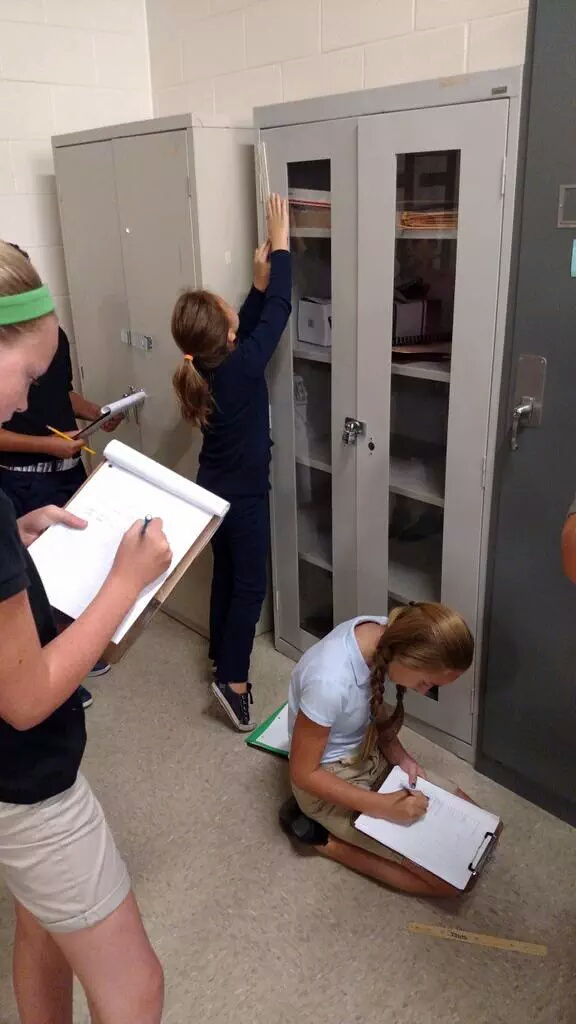 |
|
During the JEMMMP Museum Matters Project-Based Learning (PBL)
students apply math and ELA skills to develop a floor plan
of the museum storage space–credit: Becky Verner, 2015
|
Several presentations at the conference pointed to particular schools as “model” programs. For example, Normal Park Museum Magnet School is often cited as one of the museum schools people often visit during the initial process of planning and designing a museum school. But even schools based on the program at Normal Park vary in some degree. This begs the question, is a standard model for museum schools even possible? Perhaps. Certainly the core idea of creating deep partnerships with one or more museums can be adapted to fit many schools. The national curriculum standards can easily be met by curricula based in museum resources. However, any model has to be flexible enough to accommodate variables such as geographical location and proximity to museums, the variety of museums in a general area, the student population (some museum schools are identified as Title I schools and the students may not be able to contribute as many of their own resources compared to those at non-Title I schools), school resources, state curriculum standards, and national standards.
Museum schools bridge the gap between schools and museums. They are sites where distinctions between formal and informal learning blur and real world, meaningful learning is promoted. This is not to say that the museum school is the only model for museum-school collaboration, but it suggests incredible possibilities for the future. Here’s to another successful NAMS conference in 2016.





